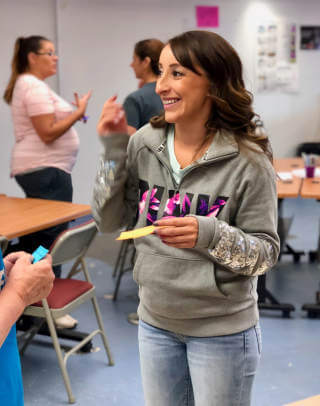The first feature that falls under this component of SIOP asks the teacher to explicitly begin a lesson by linking the concepts of the lesson to the students and their lives. Taking time at the beginning of a lesson to do this supports the learner in a variety of different ways:
It's interesting to note that this feature begins with the phrase: "explicitly link". This is a challenge to the teacher to make things as transparent as s/he can. Some students need the transparency more than others; all students benefit from it. Some actions we take as teachers are more explicit than others.

We are the leader in experiential SIOP professional development for K-12 teachers. If you want your teachers to master the SIOP framework and increase their effectiveness as educators, you need to contact TESOL Trainers today.
Are you looking for remote PD? TESOL Trainers offers highly engaging remote professional development that will change the way teachers approach online teaching and learning. Here's what teachers walk away with:
Click the button below to claim your free ebook and join our mailing list.